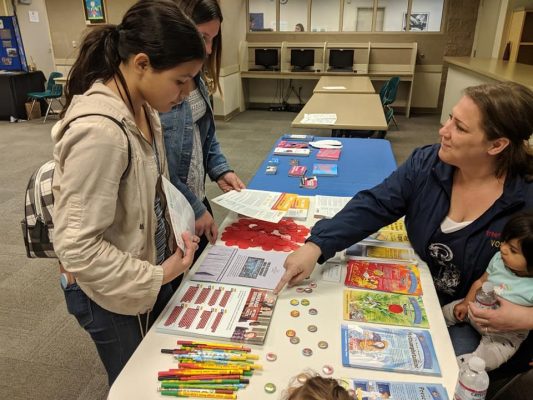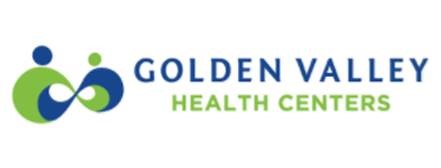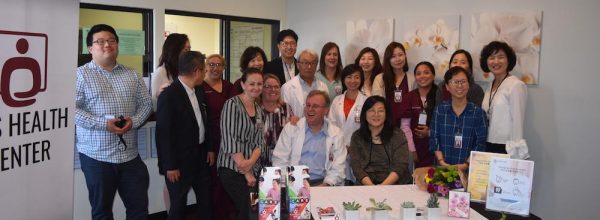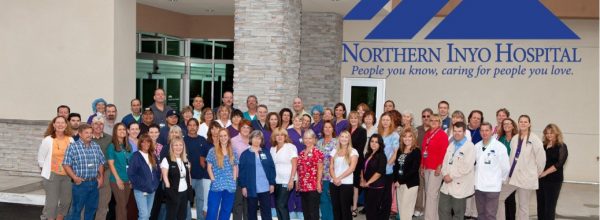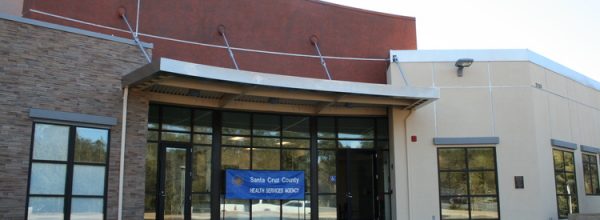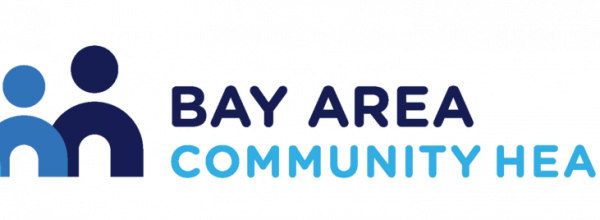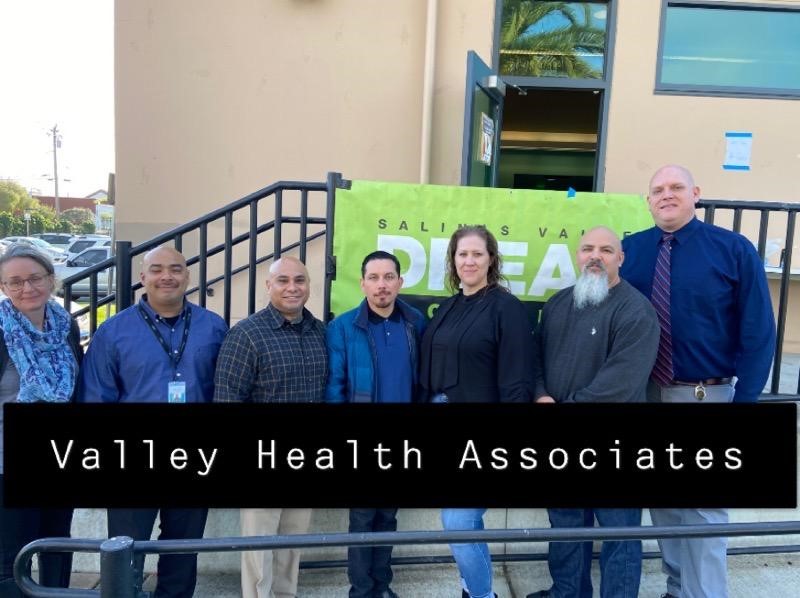
Last November, Valley Health Associates started a youth outpatient treatment program, the first of its kind in Salinas, Calif. We spoke with Amy Bravo, Michael Salinas, and Guillermo Rodriguez of Valley Health Associates to learn more about their program and how they treat youth with substance use disorder.
What was the impetus for creating the youth treatment program?
The rise of addiction within the adolescent population was one of the deciding factors in starting our program. Another reason was the increase in number of overdoses and adolescent deaths. Launching our program came not a moment too soon, as counterfeit medications entered the market, many with a toxic or lethal dose of Fentanyl. Fentanyl is a very powerful opioid, 50 to 100 times more potent than morphine, and is most often an unknown ingredient to the consuming person.
Dr. Casey Grover, Medical Director at Montage Health explained the severity of the Fentanyl and its impact in a recent presentation to Monterey County Children’s Council. He noted that in 2018, Monterey County had the second lowest opioid overdose death rate in the state, but then Fentanyl hit Monterey County at the end of 2019. It has hit our youth really hard. No street drugs are safe; everything is laced with Fentanyl including pills and even marijuana. Death rates more than quadrupled — from 9 to 40 — in 2019.
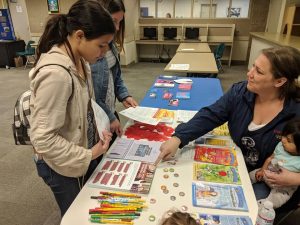
Valley Health Association and two other substance use disorder treatment centers participated in the Boys and Girls Youth Summit (above) in Salinas, an all-day event featuring games, free food, raffle items and art activities that was open to the public.
What services do you provide?
We provide a comprehensive array of services, including individual and group counseling with a family component, case management, MAT support, and recovery services.
Despite the desperate need, until now there has been no available outpatient treatment services for youth in Salinas who suffer from opioid use disorder (OUD) or substance use disorder (SUD).
According to the Drug Medi-Cal Organized Delivery System (DMC-ODS), Monterey and San Benito counties previously lacked the required American Society of Addiction Medicine (ASAM) criteria that establish levels of care needed to serve and treat youth in our area. This continuum of care criteria enables more local control and accountability, provides greater administrative oversight, creates utilization controls to improve care and efficient use of resources, implements evidenced-based practices in SUD treatment, and coordinates with other systems of care. In more simple words, this is the level of care that is best for our youth and is now set forth as a requirement by the Medi-Cal waiver.
Valley Health Associates was pleased to announce our contribution toward establishing this level of care with the grand opening of our youth treatment program. During our 90-day treatment program, counseling is provided in conjunction with an evidence-based curriculum that is developmentally appropriate and created especially for youth. Our services are available to youth 12-18 years of age and transitional youth18-24 years of age. We offer MAT to those 16 and older. We developed a brochure that highlights the services we offer.
What types of outreach do you conduct?
Our outreach is usually in a form of in-person presentations. We have visited numerous organizations, hospitals, pediatric departments, and schools to educate and inform both youth and adults of the services we provide. Referrals are made by family members, school sites, county behavioral health, juvenile justice, and other community youth programs.
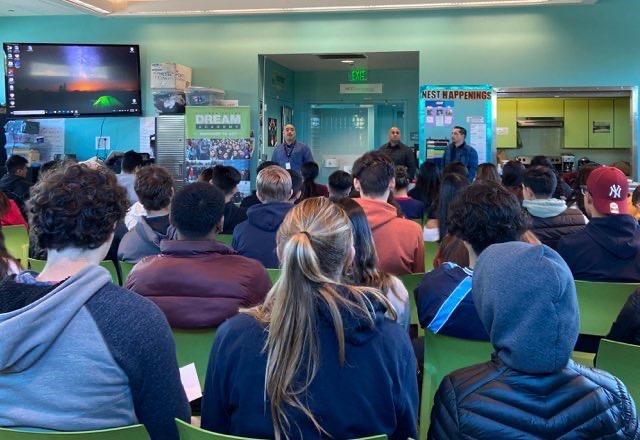
Describe your care team.
Our care team includes a clinical director, counselor, and program director. Our clinical director wears many hats, including seeing patients. Our counselor sees both adults and adolescents. Our program director oversees the youth program’s daily responsibilities and also has a caseload of adolescents.
Can you walk me through your workflow when a patient or their family member contacts you for treatment?
When an individual or family calls or comes in for treatment, we provide information on our program. If they are interested, we schedule the first appointment, which includes a comprehensive assessment to determine needs and necessity and to sign consent forms. The assessment is reviewed by our clinical director and medical necessity is determined. Then, staff schedule an intake where we offer additional program information, a youth outpatient handbook, and sign additional consents. Once complete, the patient is fully enrolled and can begin treatment.
What are the most significant challenges you faced in launching the program and how have you addressed those challenges?
A major challenge was being the first youth treatment program in Salinas. Other challenges include outreach, referral pathways, understaffing, and stigma. Recently transportation has also become a barrier.
We addressed these problems by hiring additional staff, presenting our program to the community and explaining the services we offer, building referral pathways with other providers/hospitals, and educating the community on stigma and treatment. Currently, we are considering contingency management to include travel vouchers.
Now that your program has been up and running for around six months, what have you learned? What recommendations do you have for other clinics that want to care for adolescents and youth?
There may be many challenges and roadblocks when starting a new program. However, if you are motivated to produce new ideas and have a passion for what you do, anything is possible. We learned that there are grants available to help with the financial burden of starting a new program and that having the right team in place can help ensure your program’s success.
Find this useful or interesting? We’re constantly sharing stuff like this. Sign up to receive our newsletter to stay in the loop.

